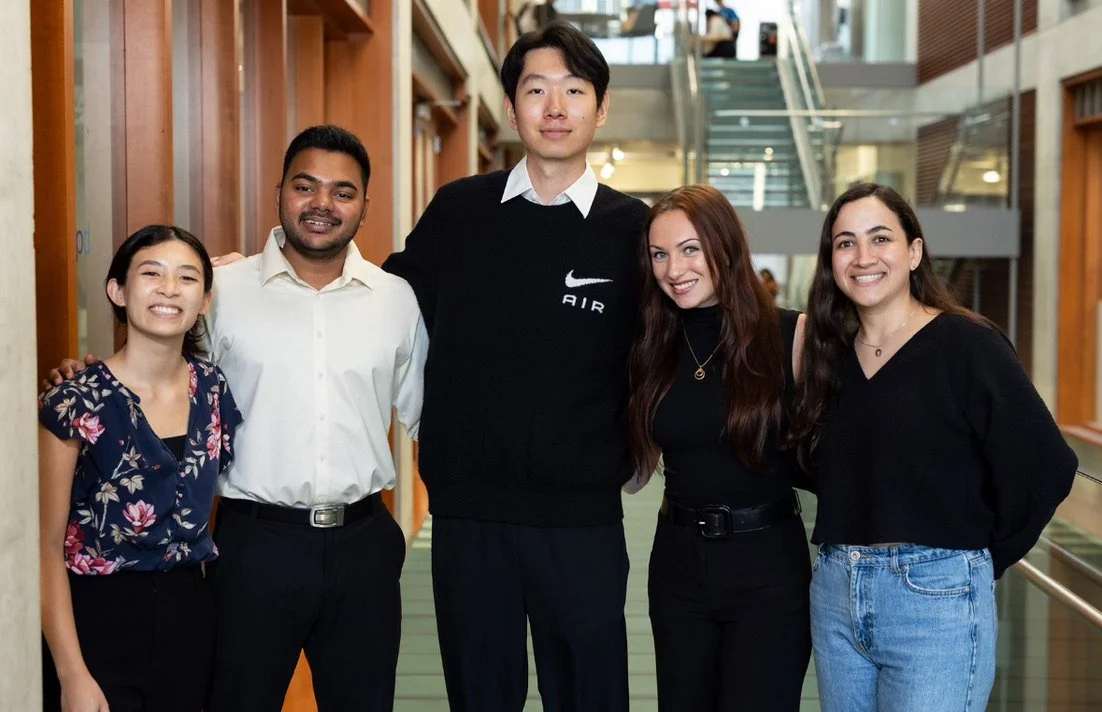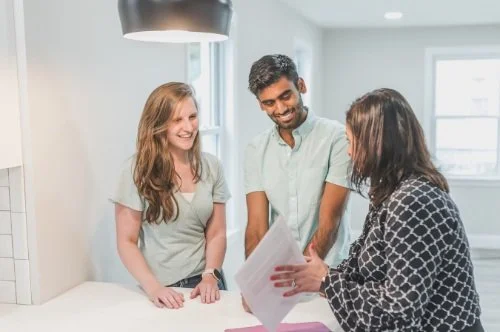Uncovering Consumer Insights in the Packaged Goods Space
Role
UX Researcher
Skills
Usability Testing
User Research
Product Design
Project Type
Sponsored Team Project
As a studio project sponsored by P&G (in partnership with Northwestern University), this project is under an NDA.
This case study will focus on the process rather than the details of the project case itself.
1. OverviewSkills I Utilized Through the Project
2. Working on a TeamMeeting the team, setting expectations, and aligning on the project brief
Working on a team with people from different backgrounds and varying expertise, our first few hours of meeting were focused on getting to know each otherWe came together and built a team contract highlighting our values, guidelines for task distribution and conflict resolution, and time and communication expectations. This document enabled us to understand each others’ values, and leverage each member’s strengths through the course of the project.
Understanding the Problem Space
Our team was given a project brief in the home care space
Our primary goal was to understand unmet consumer needs
And use our learnings to design a product as a recommendation to P&G
3. User ResearchUser Research
Recruiting Consumers for Research
Conducted 8 In Home Visits (IHVs) to interview consumers in their homesIdentified key consumers we’d like to learn from
Learnt how to design screener surveys to recruit target consumers for research
Our goal was to understand their values, goals, priorities & tradeoffs. Understand how they feel about and approach the “Job To Be Done“, and look for tensions and unmet needs
Brainstorming
A brainstorming session after our first design review. We initially struggled narrowing down on solutions because our project scope was so wide, and we were operating without establishing constraints.Synthesizing information from the In-Home interviews
Grouping ideas and identifying recurring or notable themes
Brainstorming and gathering actionable insight from our interviews
Identifying pains, gains and tensions in the consumer journey
Going back to our user journey + validating or invalidating based on learned information
Crafting a user persona based on new information
We conducted usability studies in the form of Central Site Visits (CSVs). Consumers visited our site, where they participated in curated activities aimed at testing our design hypotheses.
Downloading & synthesizing information from the In-Home Visits
Grouping ideas and identifying recurring or notable themes
Brainstorming and gathering actionable insight from our interviews
Identifying pains, gains and tensions in the consumer journey
In Home Visits
Usability Studies
Design Reviews
We participated in 3 sets of design reviews in the prototyping stage, iterating on feedback before coming back for the next design review.
Setbacks
A wide open project scope made it hard for us to narrow down our solution in the later stages of the design process
Failing to set design constraints early on caused us to explore too many different hypothesis in our design process
Our 1st design review fell below expectations ; Causing us to come together as a team to re-evaluate and adjust moving forward
5. ReflectionReflecting on the process
Working as a team
Each person on a team works best in different environments
The importance of navigating setbacks and coming back stronger as a team
Being proactive and open about communicating
Raising your hand up - being a team player
User Research
Don’t ask users to compare two prototypes at different levels of fidelity
For each question posed to the user, ask yourself what you hope to gain from their answer, and how that information is going to validate or invalidate a hypothesis, or move the product forward
Watch what they do not what they say
The power of silence - let users lead the conversation
Leave your expectations and world view at the door
Don’t lecture the users - they are the experts and I am learning from them
Doorknob phenomena - users sometimes tend to drop insightful information as they are leaving the interview
Keep questions open ended and allow users to drive conversation
Conveying our work to stakeholders
Make sure we’re telling a cohesive story - backing product design decisions with user research
Ensure the team is aligned on the story (different members may have different mental models of the process and story)
Balancing different unique voices on a team, and ensuring everybody is heard. At the same time, being efficient about cutting out noise and narrowing down on ideas with high potential for impact + aligns with research, data and goals
3. Project Brief













